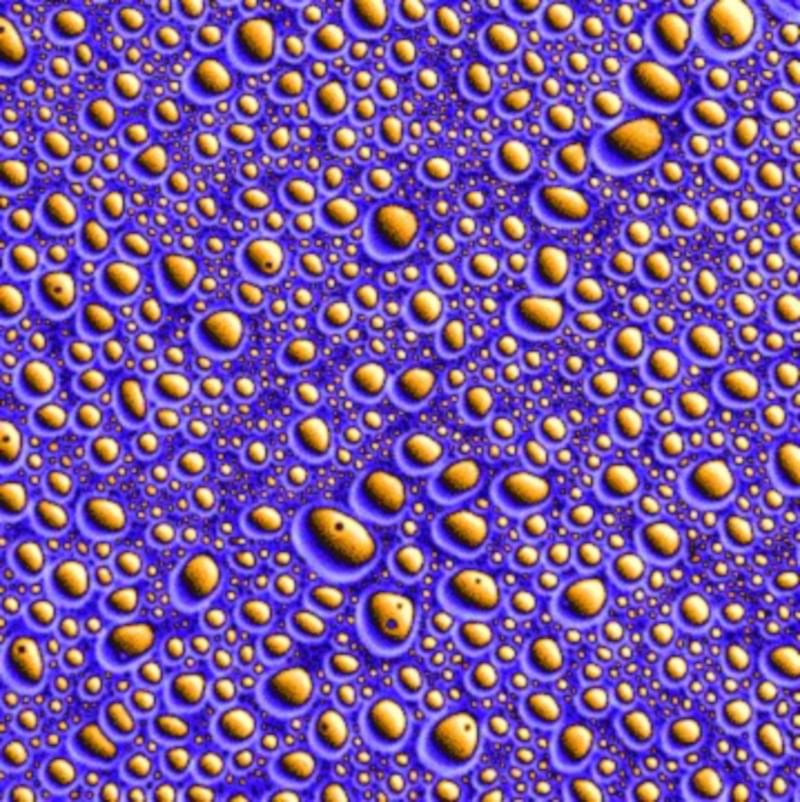A possible explanation for life from nonliving material.
Exactly how life first emerged from non-living matter is one of the most enduring mysteries of science. In a new study, Japanese scientists have created self-replicating protocells in the lab, which they say could represent the “missing link” between chemistry and biology.
Primitive Earth was covered with a sludgy mix of chemicals, containing organic molecules that formed the precursors for vital biological components like proteins and amino acids. There are several different hypotheses for how and where life sprang out of this soup, but one of the first ideas was known as chemical evolution, which is what the new study investigated.
“Chemical evolution was first proposed in the 1920s as the idea that life first originated with the formation of macromolecules from simple small molecules, and those macromolecules formed molecular assemblies that could proliferate,” says Muneyuki Matsuo, first author of the study. “However, the origin of molecular assemblies that proliferate from small molecules has remained a mystery for about a hundred years since the advent of the chemical evolution scenario. It has been the missing link between chemistry and biology in the origin of life.”
